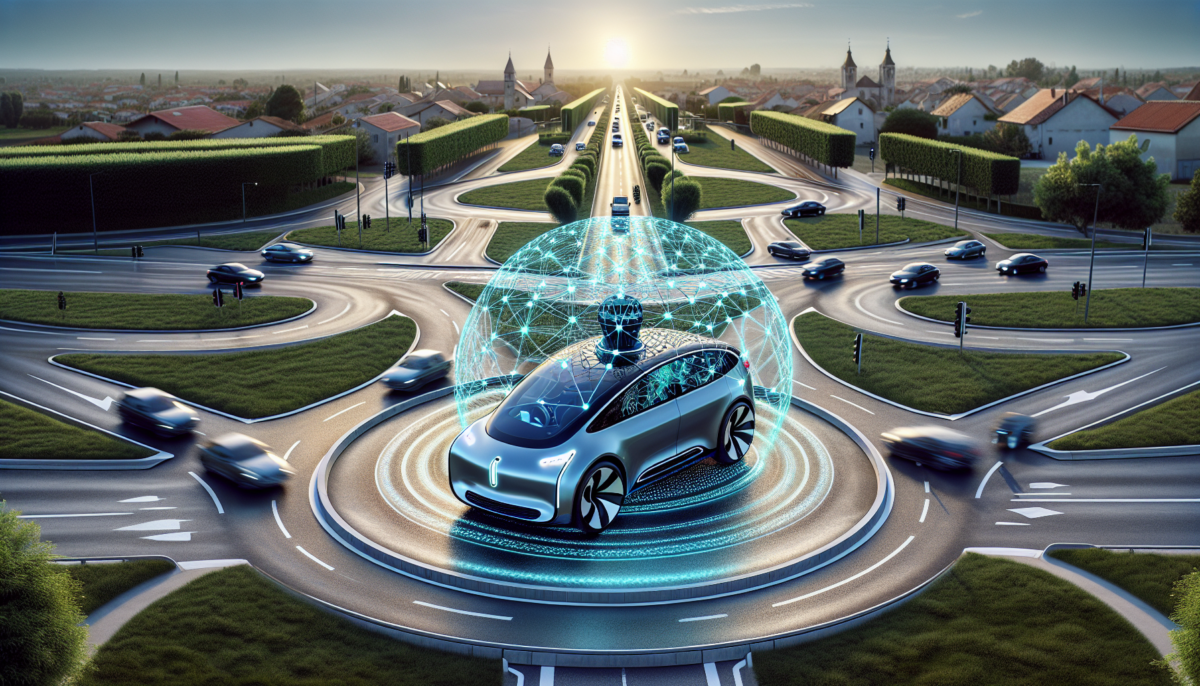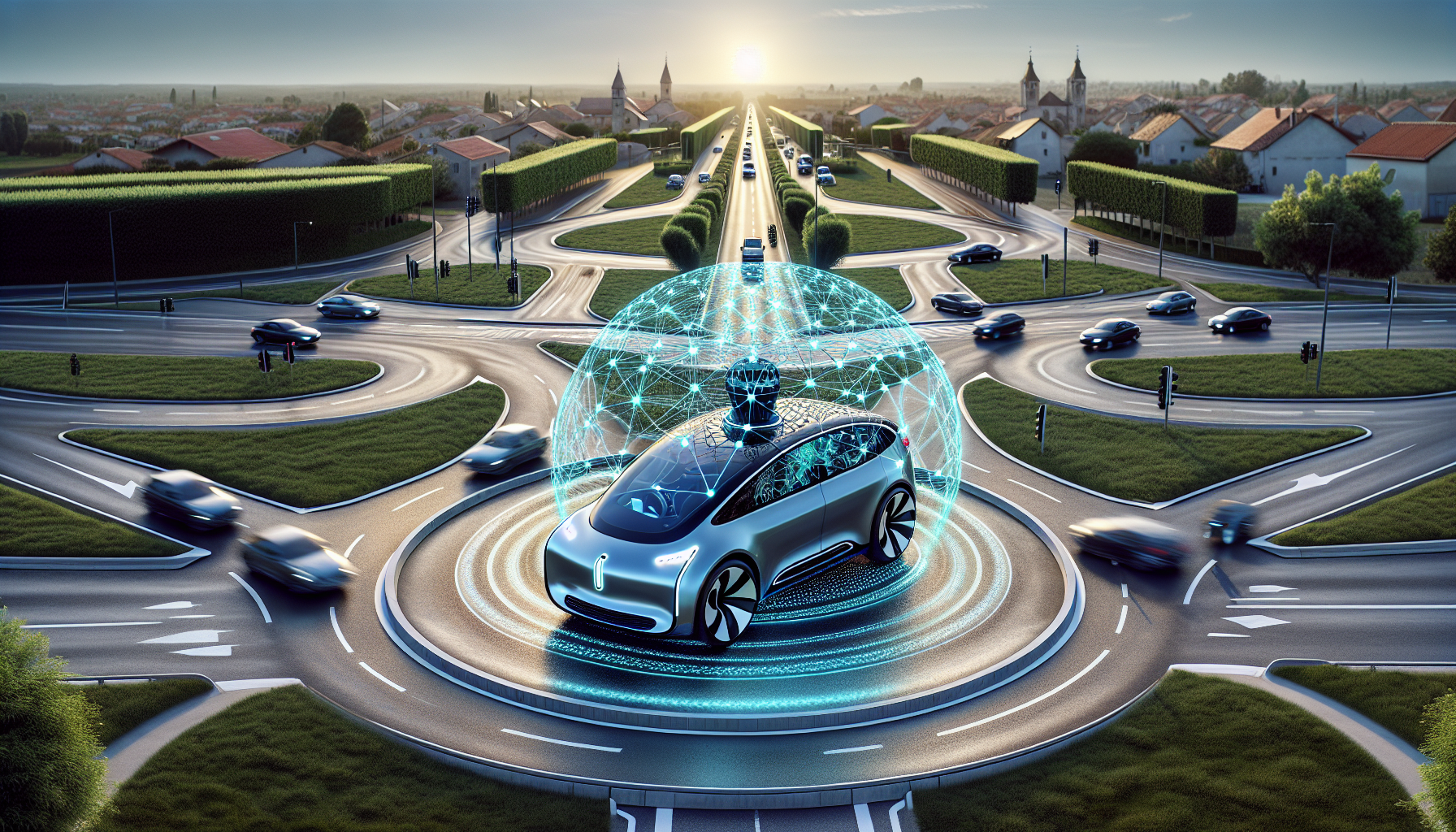Tesla’s Vision-Only Autopilot Wows as It Navigates 12-Lane Roundabout and Grows into France
We independently review everything we recommend. When you buy through our links, we may earn a commission which is paid directly to our Australia-based writers, editors, and support staff. Thank you for your support!

Rapid Overview
- Tesla highlights its Vision-Only FSD (Supervised) Autopilot technology in Melbourne, Australia, and Paris, France.
- The technology adeptly maneuvers through the 12-lane Arc de Triomphe roundabout in Paris without relying on lidar or radar.
- Tesla’s methodology depends exclusively on cameras and sophisticated machine learning, thus lowering hardware expenditures.
- This generalized framework allows for quicker worldwide scaling compared to rivals such as Waymo and Baidu.
- FSD (Supervised) is now operational in seven nations, including Australia, the inaugural right-hand drive market.
- This achievement sets the stage for entry into other RHD markets such as the UK, India, and Japan.
- Regulatory consent remains the primary obstacle to the widespread launch of unsupervised autonomous rides.
Tesla’s Vision-Only Autonomy Confronts Global Issues
Tesla has once more captured attention in the self-driving arena by showcasing its Full Self-Driving (FSD) Supervised system as it handles intricate urban environments in both Melbourne, Australia, and Paris, France. The most notable feat involved Tesla’s FSD autonomously navigating the hectic 12-lane roundabout at the Arc de Triomphe — a location notorious for its absent lane markings and erratic vehicle movements.
Unlike competitors such as Waymo and Zoox that utilize a blend of cameras, lidar, radar, and high-definition maps, Tesla has opted for a daring method by deploying only camera-based vision and neural network computation. This streamlined hardware approach, although technically demanding, greatly diminishes production and vehicle integration costs.

Expanding Autonomy Without Detailed Maps
A key advantage for Tesla is its capacity for rapid scalability in international markets. The FSD system does not depend on intricate pre-mapped locales, which can be expensive and labor-intensive to develop. Instead, Tesla leverages its extensive fleet of vehicles to gather real-world driving data, continuously training its AI models to seamlessly adjust to various road conditions, signage, and traffic behaviors.
This strategy permits Tesla to implement its autonomous technology far more swiftly than its competitors. For example, Waymo’s robotaxi service in Phoenix, Arizona, has been operational for several years yet remains confined to a limited number of cities due to its reliance on exhaustive mapping and localization updates.
Global Presence: FSD Supervised Now Active in Seven Nations
With the inclusion of Australia and France, Tesla’s FSD (Supervised) is now functioning in:
- United States
- Canada
- Mexico
- Puerto Rico
- China
- Australia
- France
This growth is vital not only geographically but also concerning regulatory intricacies. Each country has distinct traffic regulations, signage norms, and road configurations. Tesla’s neural net-focused methodology seems competent in adjusting with minimal revisions, rather than necessitating a complete overhaul for each market.
Right-Hand Drive Markets Are Next
The successful implementation of FSD in Australia signifies Tesla’s initial venture into right-hand drive (RHD) autonomous functionality. This opens avenues to prominent RHD markets, including:
- United Kingdom
- India
- Japan
- New Zealand
- Hong Kong
Each of these regions holds the potential to reap benefits from Tesla’s cost-effective hardware framework and rapidly developing software capabilities. The ability to deploy at scale without retrofit expenses provides Tesla a financial advantage in these markets.
Vision-Only: A Successful Gamble
In 2021, Tesla garnered attention by eliminating radar from its vehicles, fully embracing a “vision-only” approach. At that moment, skeptics doubted whether camera-based systems could rival the dependability of lidar or radar in adverse weather or low visibility conditions. Nonetheless, Tesla’s advancements indicate that with sufficient data and machine learning capabilities, visual perception by itself can tackle even the most daunting driving challenges.
As per Tesla CEO Elon Musk, the firm aims to achieve unsupervised autonomy — where vehicles can operate independently of human oversight. Although FSD (Supervised) still necessitates driver vigilance, the latest demonstrations suggest that a launch of unsupervised FSD may be on the horizon.
Obstacles Ahead: Regulation and Market Preparedness
Despite its technological might, Tesla encounters a major regulatory hurdle. Unlike software development, the automotive industry is heavily intertwined with public safety priorities and legal accountability. For Tesla to initiate a commercial robotaxi service, it must comply with both national and regional regulatory structures — a task that can be slow and laden with political challenges.
Waymo presently leads in the commercial robotaxi sector with over 250,000 paid trips per week in the U.S., but Tesla is rapidly closing the gap. Once Tesla secures authorization for unsupervised operation, it could expand significantly faster due to its streamlined hardware and established global vehicle fleet.
Conclusion
Tesla’s recent FSD (Supervised) displays in Melbourne and Paris signify a significant advancement in vision-only autonomous driving. Successfully navigating a 12-lane roundabout without the use of radar or lidar, Tesla demonstrates its capability to manage real-world complexities through a more efficient and scalable system. With operations now active in seven nations — including its first foray into a right-hand drive market — Tesla is poised for further global expansion. Although regulatory challenges persist, the technological advancements and cost benefits of Tesla’s method may soon provide it a competitive edge in the pursuit of full autonomy.
Q: What is Tesla’s FSD (Supervised) system?
A:
FSD (Supervised) is Tesla’s current advanced driver-assistance technology that relies solely on cameras and neural networks for road navigation. While the system can autonomously make driving decisions, a human operator is still required to stay engaged and oversee the vehicle.
Q: How does Tesla’s strategy differ from competitors like Waymo?
A:
Unlike Waymo and others that incorporate lidar, radar, and detailed 3D mapping, Tesla’s system is based exclusively on camera vision and machine learning. This reduces hardware expenses and facilitates quicker deployment in new regions without the necessity of pre-mapping every road.
Q: Why is the demonstration at the Arc de Triomphe important?
A:
The Arc de Triomphe roundabout in Paris represents one of the most tumultuous intersections globally, marked by a lack of defined lanes and heavy traffic. Tesla’s FSD system successfully traversing this area illustrates its capability to tackle complex real-world driving situations using camera vision solely.
Q: Is Tesla’s FSD operational in Australia?
A:
Yes, Tesla has now shown that its FSD (Supervised) system is functional in Australia, representing the first instance of its operation in a right-hand drive market.
Q: What RHD markets are anticipated to follow Australia?
A:
India, the UK, Japan, New Zealand, and Hong Kong are all strong candidates for future FSD implementation, given that Tesla has validated its system’s effectiveness in RHD traffic situations.
Q: When will Tesla introduce an unsupervised autonomous system?
A:
While no specific date has been disclosed, Tesla suggests that unsupervised FSD is under development. The current performance of FSD (Supervised) indicates that it may be drawing closer to reality, subject to regulatory approval.
Q: What are the primary obstacles to achieving full autonomy?
A:
The most significant challenges are regulatory in nature. Governments must authorize self-driving technologies for public implementation, ensuring compliance with safety standards. Legal and
